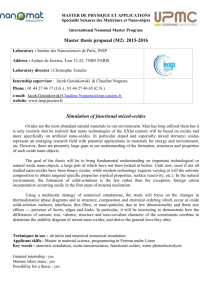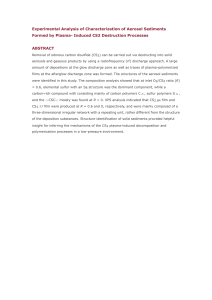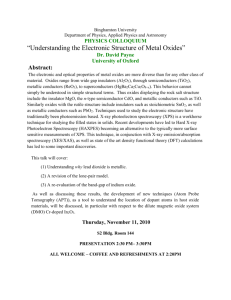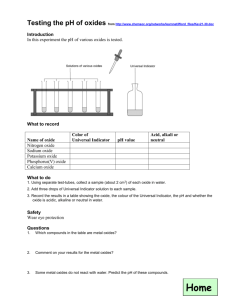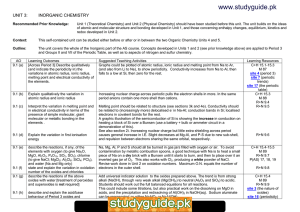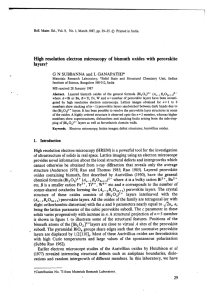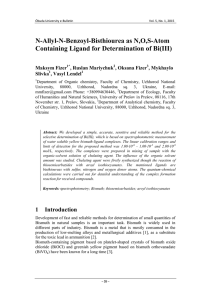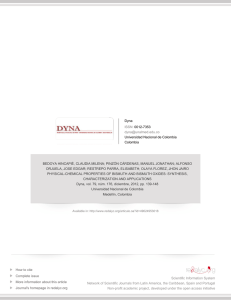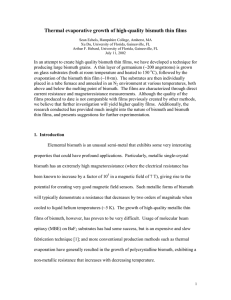Final Exam Review - Iowa State University
advertisement
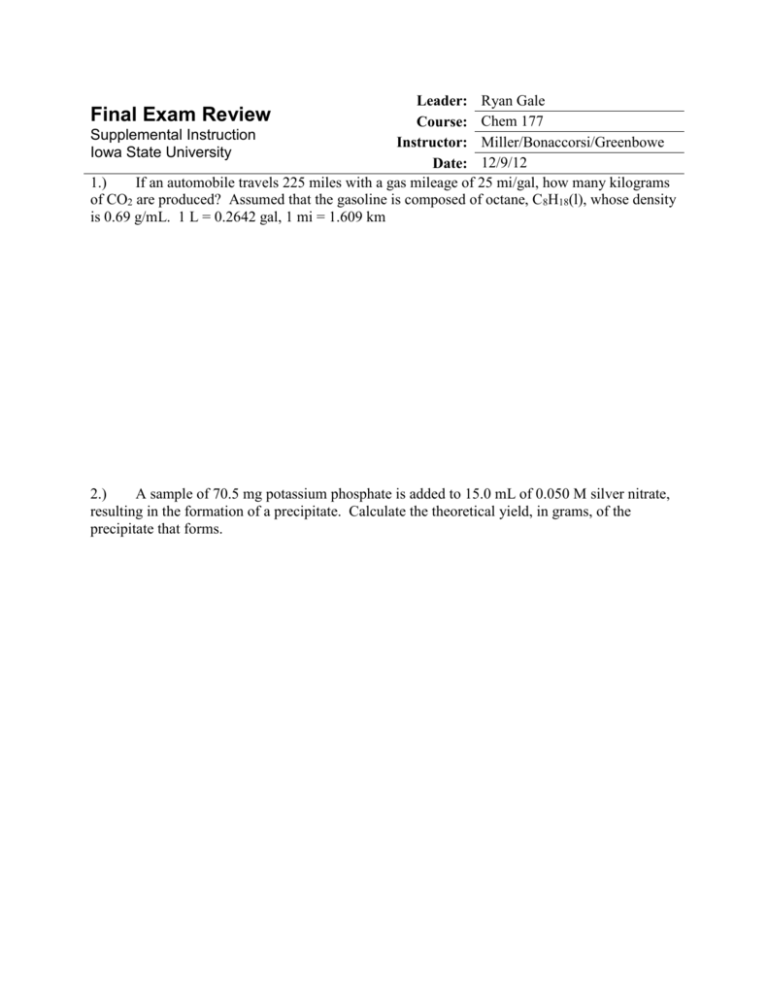
Leader: Ryan Gale Course: Chem 177 Supplemental Instruction Instructor: Miller/Bonaccorsi/Greenbowe Iowa State University Date: 12/9/12 1.) If an automobile travels 225 miles with a gas mileage of 25 mi/gal, how many kilograms of CO2 are produced? Assumed that the gasoline is composed of octane, C8H18(l), whose density is 0.69 g/mL. 1 L = 0.2642 gal, 1 mi = 1.609 km Final Exam Review 2.) A sample of 70.5 mg potassium phosphate is added to 15.0 mL of 0.050 M silver nitrate, resulting in the formation of a precipitate. Calculate the theoretical yield, in grams, of the precipitate that forms. 3.) Name the following oxides and account for reactivity of the following series of oxides in terms of electron configurations of the elements and their ionic compounds (focus on E.C. of cations and how they bond with the anion): K2O, CaO, Sc2O3, TiO2, CrO3. b.) Consider the metal oxides whose enthalpies of formation (kJ/mol) are below: Oxides ΔH°f K2O(s) -363.2 V2O5(s) -1550.6 H2O(g) -241.82 Calculate the enthalpy changes in the following general reaction for each case: MnOm(s) + H2(g) → nM(s) + mH2O(g) 4.) The element bismuth (Bi, atomic number 83) is the heaviest member of group 5A. A salt of this element, bismuth subsalicylate, is the active ingredient in Pepto-Bismol, an over-thecounter medication taken for nausea, heartburn, indigestion, upset stomach, and diarrhea. What accounts for the general increase in atomic radius going down the group 5A elements? a.) Bismuth oxide is a basic oxide. Write a balanced chemical equation for its reaction with dilute nitric acid. If 6.77 g of bismuth oxide is dissolved in dilute acidic solution to make 0.500 L of solution, what is the molarity of the solution of Bi3+ ion? b.) 209 Bi is the heaviest stable isotope of any element. How many protons and neutrons are present in the nucleus? c.) The density of Bi at 25°C is 9.808 g/cm3. How many Bi atoms are present in a cube of the element that is 5.00 cm on each edge? How many moles of the elements are present? 5.) The compound chloral hydrate, known in detective stories as knockout drops, is composed of 14.52% C, 1.83% H, 64.30% Cl, and 19.35% O by mass and as a molar mass of 165.4 g/mol. What is the empirical formula of this substance? a.) What is the molecular formula of this substance? b.) Draw the Lewis Structure of the molecule, assuming that the Cl atoms bond to a single C atom and that there are a C-C bond and two C-O bonds in the compounds. 6.) Elemental sulfur is a yellow solid that consists of S8 molecules. That structure of the S8 molecule is a puckered, eight-membered ring. Heating elemental sulfur to high temperature produces gaseous S2 molecules: S8(s) → 4S2(g) a. The electron configuration of which period 2 elements is most similar to that of sulfur? Use the VSEPR model to predict the S-S-S bond angles in S8 and the hybridization at S in S8. 7.) Cyanogen, a highly toxic gas, is 46.2% C and 53.8% N by mass. At 25°C and 751 torr, 1.05 g of cyanogen occupies 0.500 L. What is the molecular formula of cyanogen? a. Predict its molecular structure and its polarity. 8.) CS2 has a melting point of -110.8°C and a boiling point of 46.3°C. Its density at 20°C is 1.26 g/cm3, and is highly flammable. What is the name of this compound? a. List the intermolecular forces that CS2 molecules exert on each other. b. Write a balanced chemical equation for the combustion of this compound in air (you will have to decide on the most likely oxidation products). c. Would you expect the density of CS2 at 40°C to be greater or less than at 20°C? What accounts for these differences?
